Dry Corn – A Versatile Grain for Food, Feed, and Industry
Dry corn is one of the most widely used and versatile agricultural products in the world. Harvested after the kernels have fully matured and dried on the stalk, dry corn serves as a staple food ingredient, livestock feed, and a raw material for various industrial applications. From tortillas and cornmeal to biofuels and animal nutrition, dry corn plays an essential role in global food security and economic development.
What Is Dry Corn?
Dry corn, also known as field corn or dent corn, is harvested when the kernels are fully dried and hardened, usually containing about 15% moisture. Unlike sweet corn, which is consumed fresh, is primarily used for processing. Once harvested, the kernels can be stored for long periods, making it an important commodity for both domestic consumption and export markets.
Nutritional Value of Dry Corn
Dry corn is rich in carbohydrates, making it a vital source of energy for both humans and animals. It also contains dietary fiber, essential vitamins such as B-complex vitamins, and minerals like magnesium, iron, and zinc. When processed into products like cornmeal, flour, or grits, provides a nutritious base for countless dishes around the world. Its high starch content also makes it ideal for industrial uses such as ethanol production and starch-based products.
Uses of Corn
Dry corn is incredibly versatile, with applications across food, feed, and industry:
-
Food Industry – Ground into cornmeal, grits, or flour, is used to make bread, tortillas, polenta, and cereals. It can also be processed into cornstarch, a key ingredient in sauces, soups, and baked goods.
-
Animal Feed – A major portion of production is used for livestock feed, providing energy-rich nutrition for cattle, poultry, and pigs.
-
Industrial Applications – is a key raw material in ethanol production, contributing to renewable energy. It is also used in making biodegradable plastics, adhesives, and sweeteners such as high-fructose corn syrup.
-
Snack Production – kernels are used to make popcorn and roasted corn snacks, popular worldwide.
Dry Corn in Global Trade
As one of the most cultivated crops, dry corn plays a central role in global agriculture. The United States, Brazil, China, and Argentina are among the largest producers and exporters of. Its versatility and long shelf life make it a valuable commodity in international trade, ensuring a steady supply for food processors, feed manufacturers, and industrial users worldwide.
Benefits of Dry Corn for Farmers and Consumers
For farmers, is a profitable crop due to its high demand across multiple sectors. It is resilient, adaptable to different climates, and can be stored for extended periods without losing quality. For consumers, provides affordable nutrition and forms the basis of many traditional and modern diets. Industrial users benefit from its role as a sustainable, renewable resource for biofuel and other applications.
Conclusion
Is much more than an agricultural product—it is a cornerstone of the global food system, animal nutrition, and industrial innovation. With its wide range of uses, nutritional benefits, and importance in international trade, continues to be one of the most valuable crops worldwide. From the farm to the dining table and beyond, dry corn supports economies, nourishes people, and fuels industries, making it an indispensable resource for modern life.
For farmers, offers strong yields, profitability, and resilience. It can be cultivated on a large scale, stored for extended periods, and sold to multiple markets, from food processors to biofuel manufacturers. Its role in both human and animal nutrition ensures steady demand, making it one of the most reliable crops in agriculture. In addition to its economic and nutritional benefits, also supports sustainability initiatives. Ethanol derived from dry corn reduces reliance on fossil fuels,

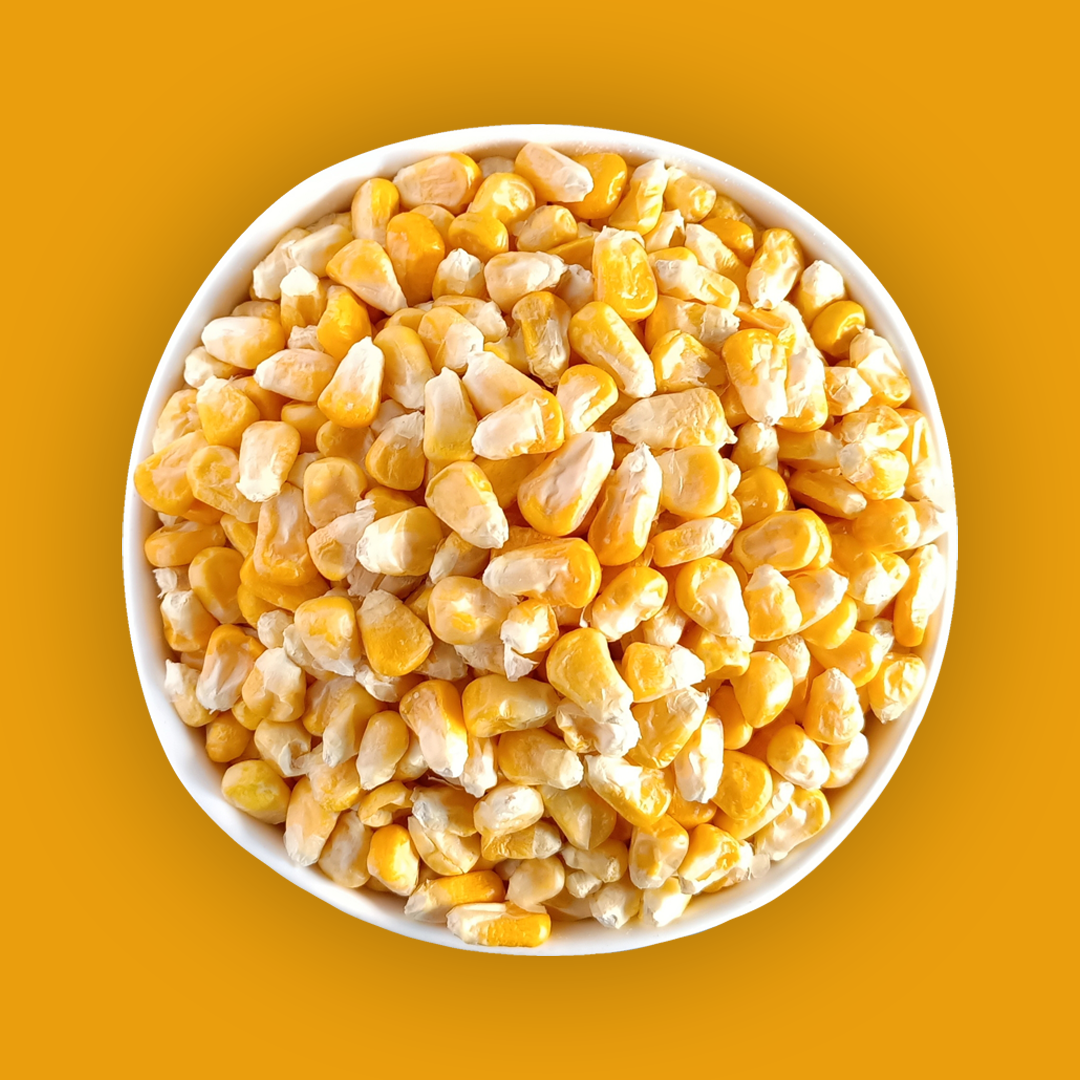
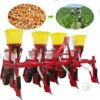
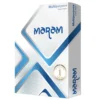
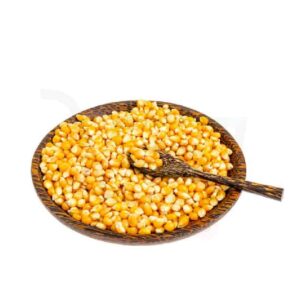
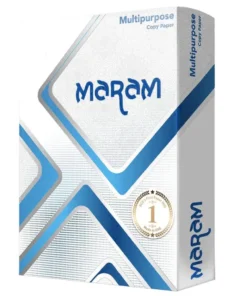
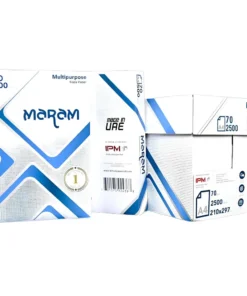

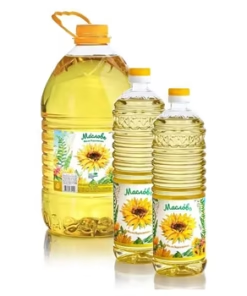

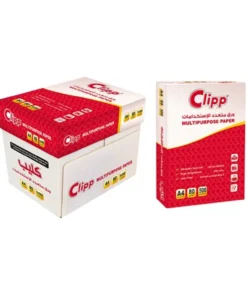

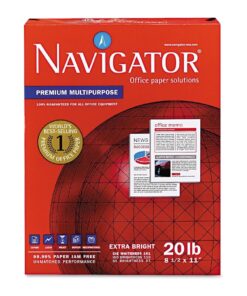
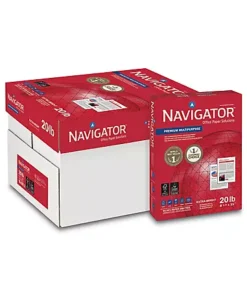
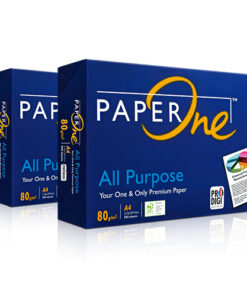
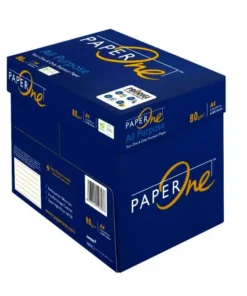
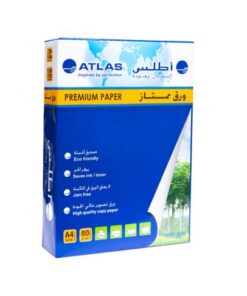
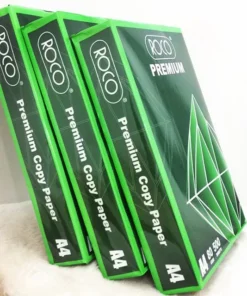
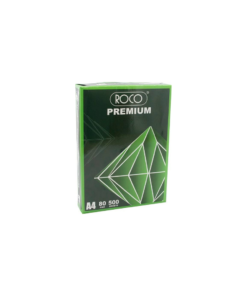
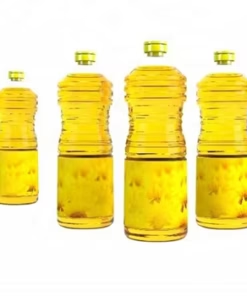
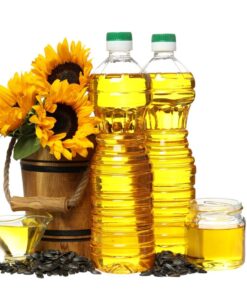

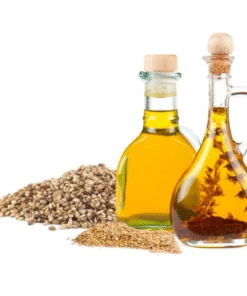
Reviews
There are no reviews yet.